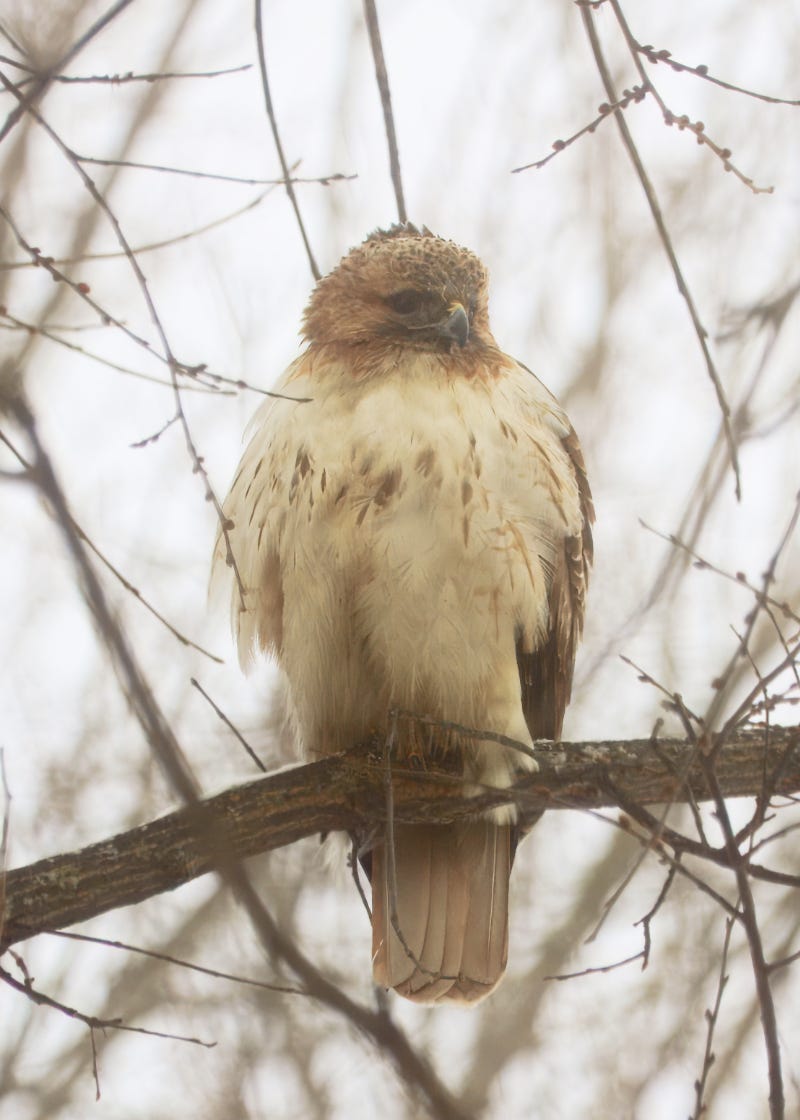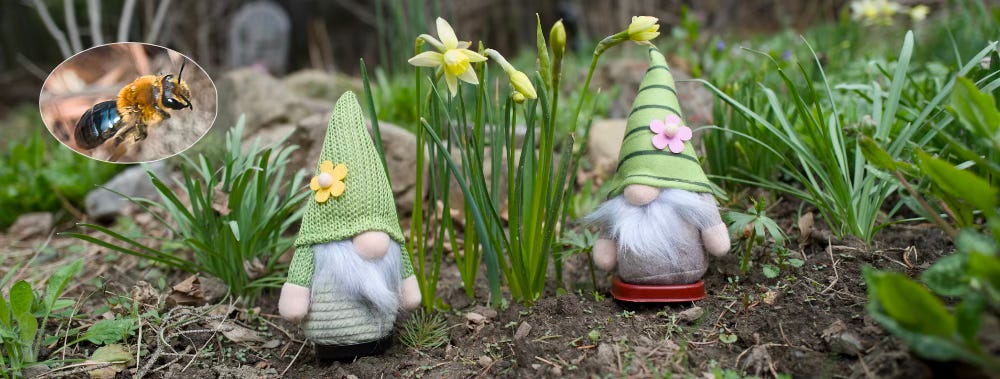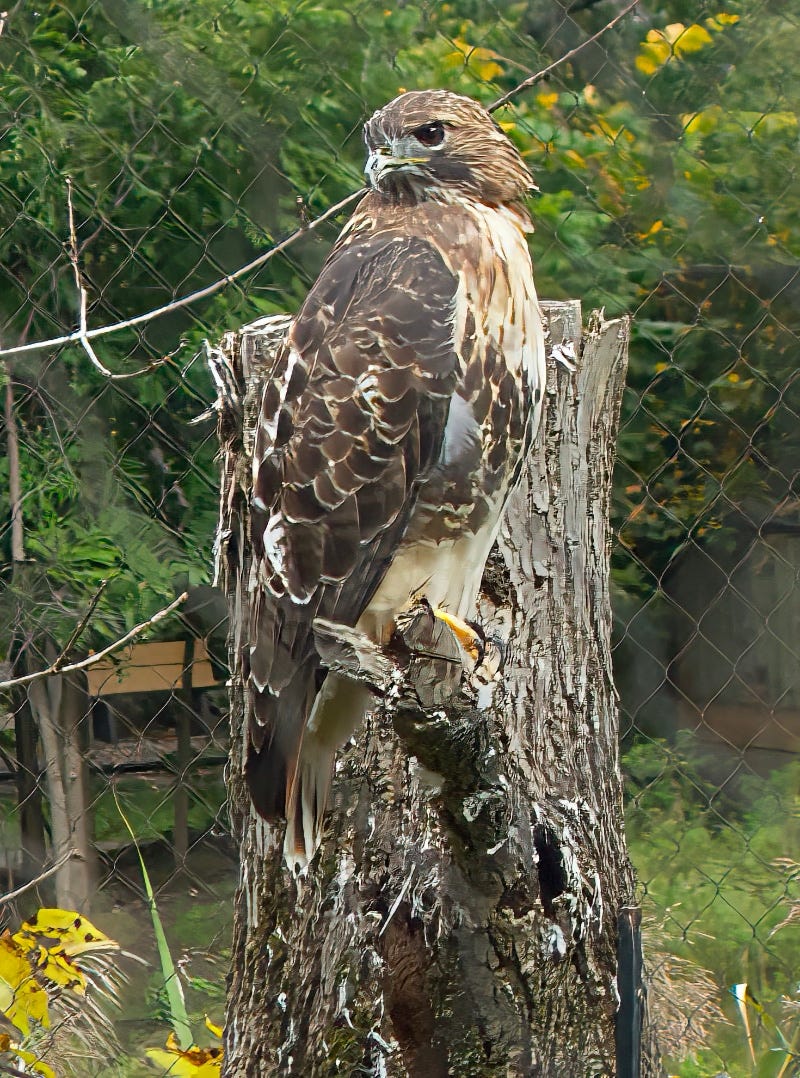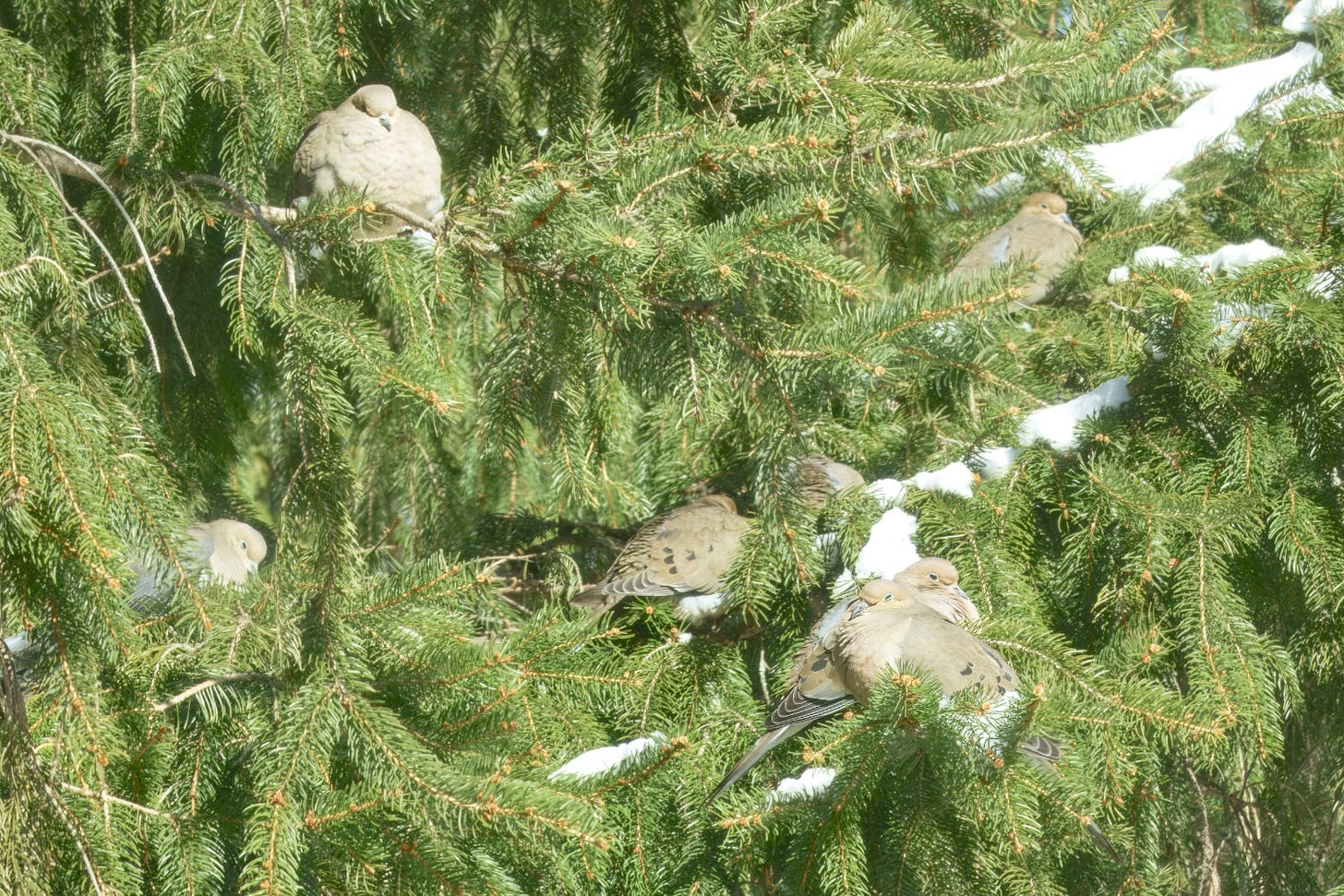This Week, I am taking the opportunity to look a bit deeper than usual at a couple of birds from the neighbourhood. One that is very common and one that isn’t but which is not too hard to find if you look in the right places.
Now we are finally in March there is some hope in the world that spring is not too far away. There is still, what passes for, quite deep snow on the ground but on a couple of recent days temperatures have reached the dizzy heights of +4C (rather colder at night, of course) and instead of snow falling we have enjoyed a couple of days of cold rain … which changed the nature of the snow, and not for the better. Although we have not seen them yet ourselves, there are local reports of the very first male Red-winged Blackbirds and a sole Brown-headed Cowbird as the advance guard of the migratory returns we expect over the next couple of months. It’s a start and more snow is by no means impossible. On the other hand, in some previous years we have seen snowdrops tentatively poking up around this date but not, so far, in 2025. Fingers crossed.
Red-tailed Hawks
Red-tailed Hawks (Buteo jamaicensis) are perhaps the most widespread and adaptable raptors in North America. I believe that they are the most numerous of the raptor species on this continent. That status was once held by Red-shouldered Hawks, but the considerable loss of their preferred forest habitat has allowed Red-tails to expand … rather like a similar effect seen over the past centuries on the relative distributions of Ravens and Crows.
With their striking reddish-brown tails and broad wings, these hawks can be easily identified as they soar through the sky. They can be found in various environments, from deserts and grasslands to forests and urban areas, because of their remarkable adaptability. They have very keen eyesight and powerful hunting abilities, often to be seen perched high upon trees or poles, scanning for prey such as small mammals, birds, and reptiles. Red-tailed hawks play a role in controlling rodent populations, making them important to an ecosystem's balance.
It’s fun to know that their distinctive, hoarse "screech" calls, are too often used in the media to symbolize the call of any raptor. It is quite bizarre to watch a Bald Eagle, for example, flying in movie and to hear the call of the Red-tailed Hawk. Listen to these two contrasting recordings below, and you will see/hear what I mean … when it comes to sound, the big Eagles just don’t make it at all.
Compare the calls …
Red-tailed Hawk (harsh, strident, “don’t mess with me”)
https://www.allaboutbirds.org/guide/Red-tailed_Hawk/soundsBald Eagle (weak whistles and peeps)
https://www.allaboutbirds.org/guide/Bald_Eagle/sounds
Red-tailed hawks are medium to large-sized birds with a wingspan of about 1.2 to 1.5 meters and a body length ranging from 45 to 65 centimeters. They are part of the Accipitridae family, which includes other birds of prey such as eagles and harriers. Their diet mostly consists of small mammals like rodents, but they are opportunistic feeders and may also hunt birds, reptiles, and carrion. Red-tailed hawks have keen eyesight, which is critical for spotting prey from high perches or while soaring in the sky.
Red-tails are monogamous and typically mate for life, often returning to the same nesting sites every year. Their nests tend to be built high in trees or on cliff ledges from sticks and twigs lined with softer materials. The female lays 2 to 3 eggs per clutch, which both parents incubate. After between 28 to 35 days, the chicks hatch and are cared for by both parents.
During winter they can frequently be seen perched on trees or telephone poles, using their keen eyesight to hunt for prey like small mammals. Indeed, along the Trans-Canada Highway close to my home they can be observed perched high on the lighting posts scanning the flat land alongside of the road for their next meal to appear. They adapt to colder conditions by changing their hunting strategies and locations. In winter, their diet can include more mammals than birds, as some of their usual prey may migrate or become less available..

Mourning Doves
Mourning doves and humans share a long-standing relationship. These birds, and their mournful cooing, are a familiar presence in gardens, parks, and rural areas. They usually have a gentle demeanour and tend to nest close to human habitation. Frequently considered to be symbols of peace and hope, with a calming presence … though, to be honest, that is more symbolic, than real as Morning Doves can be surprisingly aggressive to other birds when defending a food source (see later).. They thrive in both natural and man-made settings. As a result, they have become an integral part of many cultural landscapes.
Primarily gray-brown with subtle pinkish accents around their necks and chests, they possess adaptations for surprisingly high-speed flight aided by broad, elliptical wings and elongated, pointed tails. For food, they primarily subsist on seeds, foraging on the ground and garden bird feeders.
They exhibit prolific breeding behavior, often raising multiple broods each year. The survival strategy of the species seems to based on two things, an ability to fly very fast and an ability to out-breed most threats. The female lays two eggs, which both parents incubate for approximately two weeks. Notably, both parents produce a nutrient-rich substance called “crop milk” to nourish their hatchlings, facilitating their rapid growth and development.
Mourning doves can exhibit surprising aggression when defending their territory or food resources. During nesting season, males are particularly territorial and may become aggressive to protect their territory from intruders. This aggression may be displayed through vocalizations, and physical displays like puffing up their feathers to appear larger. They will also chase away rival birds, including other mourning doves, with swift flights or by flapping their wings threateningly.
The curious wing raising actions of doves when close to other birds can signify various intentions or emotions. It's commonly associated with courtship, as a way for doves to attract mates by showing off their plumage (“smell m y armpits”). Additionally, wing raising can be a means of communication, indicating dominance, aggression, or a territorial gesture to other birds. Occasionally, it may also be used to maintain balance or as part of a preening routine.
We are not alone in worrying that we are seeing fewer and fewer butterflies in recent years. No great surprise there, but read this.
Basically, an overall 22% decrease over the past 20 years - drastically more so for some particularly vulnerable species. But, there are things we can do and if enough of us do them perhaps the decline can at least be slowed:
Henry said the good news is that while butterfly populations can fall quickly due to threats like droughts, they can also grow quickly in response to interventions like habitat restoration, since most species can produce one to three new generations per year. She spoke to CBC News from Scatter Creek Wildlife Area in Washington, where she and colleagues were restoring prairie habitat and releasing captive-reared Taylor's checkerspot caterpillars.
She said there are things people can do at home too, such as cutting pesticide use. Both she and Kerr suggested planting your garden, or even your balcony, with species that butterflies need as hosts for their caterpillars (such as milkweed for monarchs) as well as flowers they need for nectar as butterflies.
Before the season gets under way (and yes, I know some of my readers garden in more favorable corners where it is already happily on its way) I thought to share this short article with you … just what is a native plant?
… one sees on the internet many arguments over how to define native plants. In one corner we see persnickety folks who rely on certain reference books to determine what is native in their state, and on the other extreme we have people who want to follow their whims while still receiving a pat on the head from the powers that be. As is so often the case, neither of these extremes likely leads us along a sustainable path. Native plants, no matter how difficult to define around the margins, do critically support the local ecology. But the occasional non-native plant won’t kill anyone either.
Bookshop Shout-Out
I know this footnote is not all about nature and birds and gardening, but I just wanted to draw readers’ attentions, should they ever want/need to buy a real, printed book, to Katie Clapham’s Storytellers bookshop near the sea in Lancashire (UK). As is the way of these things, publishing being a strange world with its own laws, there are occasional books published in the UK that I want to read but which are not published in Canada. Often books closely associated with the themes of this newsletter. By chance, I happened upon Storytellers via Substack and since then the ever helpful Katie has found several of my wished for books and shipped them to me. I don’t imagine she makes much out of these sales as time is money and all that, but she is unfailingly cheery and helpful. Anyway - all this to say, that is you are in the market for real books in the UK, and want to support small booksellers, do try her shop first. She sells online too, from https://uk.bookshop.org/shop/storytellersinc
Her Substack newsletters make a good read, too.












Thanks for the shout out. And I never tire of seeing red tail hawks!